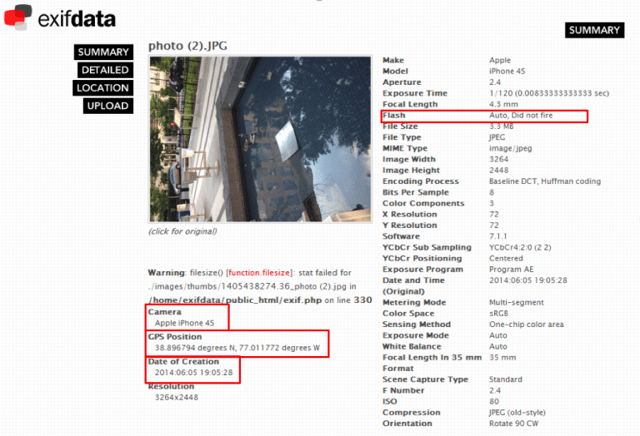
Other than witness testimony, nearly all the evidence worth discovering in litigation is electronic. More often than not, it’s emails, text messages, database records, digital images, metadata, and Microsoft Office files that tell us the truth about what really happened. But there are several obstacles on the eDiscovery road to obtaining this valuable electronic evidence. One of the worst is the widespread practice of converting electronic evidence from its original, “native” form into some other form—and, in the process, degrading its ability to reveal the truth.
The typical alternative to producing native files consists of converting those files to TIFF images or PDF files, but sometimes producing parties will actually print out native files and deliver them in paper form. The upshot is that the requesting party receives a different file from what was requested and a different file from what was originally created by the requesting party or its agents. These differences are often profound: the converted files (or, worse, pages) are stripped of embedded data that frequently sheds light on the history and origin of the files (when they were created, who last edited them, etc.). Sometimes essential parts of the contents of the files will be truncated. I have seen printouts of spreadsheets where more than half of the columns were simply gone. Word documents often contain comment bubbles and records of tracked changes, and these can disappear entirely during the conversion process. Converting electronic files to a different form also provides a convenient way to hide key documents in an avalanche of unsearchable irrelevance. While native electronic files are generally text‑searchable, conversion frequently strips out searchable text.
An example of the type of metadata held within a .jpg image that would be lost if the image was converted to PDF.

It gets worse than just losing metadata. Native files are often searchable by their parts or “fields.” If you have to search through millions of emails, your job will be nearly impossible if you can’t perform searches that target certain senders and recipients. Native files include this functionality by default, but not so with converted files. And native files are cheaper to exchange because they are more compact than converted files. Take a Word file, print it out, and scan it to PDF at 250 DPI—you’ll see that the converted version is many times bigger than the original native file.
Procedurally, there’s a simple trick for getting native files—ask for them! It’s best to explain why you need native files at the earliest possible meeting with your adversary, to document your request for native files, and to include detailed instructions for producing native files in your document requests. If your opponent refuses to comply, it’s often worth your time to take the issue to the court. Discovery is about revealing the truth, and native documents serve this goal much better than degraded pseudo-copies in TIFF, PDF, or paper form.
When an opponent refuses to supply documents in native format, it’s very helpful to be able to make a strong case to the court on the evidentiary superiority of native files. To this end, I like to provide examples as part of my arguments.
- Your Honor, the documents produced by my opponent include a PDF version of what appears to be an image taken with a digital camera. My opponent has confirmed that this image was in fact taken with her client’s iPhone. By converting the image file to a PDF file, my opponent has stripped out and failed to produce important evidence. In native form, JPG files often contain embedded data showing when an image was taken, the device used to take the image, and the GPS coordinates of the location where the image was taken. This evidence has high probative value, and it essential for determining whether the image is authentic. Requiring my opponent to produce the native file is essential for revealing the truth during the discovery process.
- Your Honor, my opponent produced several PDF copies of files that were originally Excel spreadsheets. These converted files are not only more difficult to search, but they also do not include key evidence that the native Excel files contain. For example, native Excel files almost always include formulas, and those formulas contain key information about the assumptions and logic underlying the data. A PDF “printout” of a spreadsheet strips out all of the formulas and also makes it impossible to tell where formulas were used. The native Excel file is the best evidence in this case, and my opponent’s PDF printout represent an incomplete and inadequate production that only obscures the truth. We ask, therefore, that the Court order production of the original native file.
Arguments like these are much more effective than generic assertions about the benefits of native files. Although many parties resist producing native files, when dealing with eDiscovery, it is often worth the time required to take a stand and to require an one’s adversary to produce in native format.
To learn more about the benefits (and nuances) of native production in eDiscovery, check out the following articles and blog posts from Craig Ball: